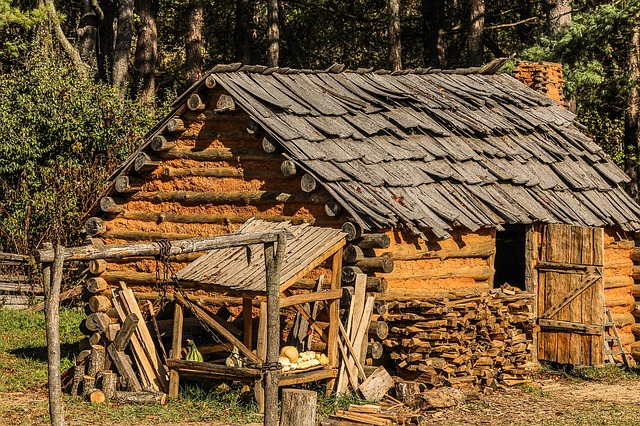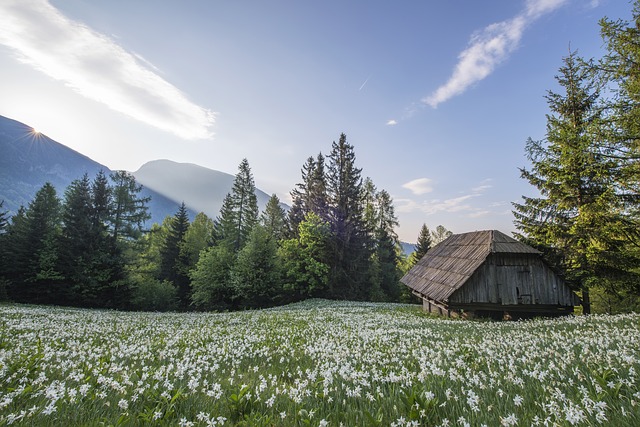Vernacular architecture
Contents |
[edit] Introduction
Vernacular architecture is characterised by its reliance on needs, construction materials and traditions specific to its particular locality. It is a type of architecture which is indigenous to a specific time and place and not replicated from elsewhere. Historically, vernacular architecture has incorporated the skills and expertise of local builders as opposed to formally-trained architects.
Whilst often synonymous with primitive, nomadic or traditional architecture, can also apply to certain types or architecture in developed countries and urban societies.
The development of vernacular architecture centres on the functions that the building type is required to perform. The design then generally evolves over time, becoming more refined and tailored to the contexts in which it exists, including:
- The availability of resources, skilled workforce, and so on.
- Local technology.
- Climate: The amount of sunshine, humidity, rain, wind, temperature profiles, and so on.
- Local culture: The way of life of the occupiers greatly influences the building form. This can include the size of families, the way the building is used, social conditions, local customs, religious values, and so on.
- Environment: Whether it is located near water, woodland, desert or mountainous terrain, and so on.
- Economic conditions.
- Historical influences.
[edit] Historical context
As a concept, the term ‘vernacular’ became commonly used in the 1800s, at a time when western colonial powers were exploring the new worlds that were being discovered. It is sometimes used as a derogatory term, suggesting something that may be quaint, but is derivative and has not been ‘properly’ designed by a professional.
During the first quarter of the 20th century, high profile architects such as Adolf Loos, Frank Lloyd Wright and Le Corbusier began to extol the virtues of vernacular architecture. However, it wasn’t until 1964 that a successful exhibition by Bernard Rudofsky called ‘Architecture without Architects’ that the form became popularized.
[edit] Benefits of vernacular architecture
The benefits of vernacular architecture include:
- Capitalising on local knowledge and traditions.
- Taking advantage of local materials and resources, meaning that they are relatively energy efficient and sustainable.
- Providing a vital connection between humans and the environment in which they live.
- They can be designed specifically with the local climatic conditions in mind, and often perform well.
[edit] Related articles on Designing Buildings
- Antiquities.
- Architectural styles.
- Architecture of Christiania.
- Building Design in the Surrey Hills.
- Caithness Broch Project.
- Context.
- Contextualism.
- Design methodology.
- Earthen construction.
- English architectural stylistic periods.
- Favela.
- Historical versus Modern: Identity through imitation.
- Indigenous people.
- Indigenous knowledge.
- Small vernacular agricultural buildings in Wales.
- The Devetaki Project.
- The history of fabric structures.
- Traditional construction materials on the Isle of Man.
- Traditional knowledge.
- Traditional Homes of the South Downs National Park: an introduction.
- Understanding vernacular architecture.
- Village homes in Western Uganda.
[edit] External references
Featured articles and news
RTPI leader to become new CIOB Chief Executive Officer
Dr Victoria Hills MRTPI, FICE to take over after Caroline Gumble’s departure.
Social and affordable housing, a long term plan for delivery
The “Delivering a Decade of Renewal for Social and Affordable Housing” strategy sets out future path.
A change to adoptive architecture
Effects of global weather warming on architectural detailing, material choice and human interaction.
The proposed publicly owned and backed subsidiary of Homes England, to facilitate new homes.
How big is the problem and what can we do to mitigate the effects?
Overheating guidance and tools for building designers
A number of cool guides to help with the heat.
The UK's Modern Industrial Strategy: A 10 year plan
Previous consultation criticism, current key elements and general support with some persisting reservations.
Building Safety Regulator reforms
New roles, new staff and a new fast track service pave the way for a single construction regulator.
Architectural Technologist CPDs and Communications
CIAT CPD… and how you can do it!
Cooling centres and cool spaces
Managing extreme heat in cities by directing the public to places for heat stress relief and water sources.
Winter gardens: A brief history and warm variations
Extending the season with glass in different forms and terms.
Restoring Great Yarmouth's Winter Gardens
Transforming one of the least sustainable constructions imaginable.
Construction Skills Mission Board launch sector drive
Newly formed government and industry collaboration set strategy for recruiting an additional 100,000 construction workers a year.
New Architects Code comes into effect in September 2025
ARB Architects Code of Conduct and Practice available with ongoing consultation regarding guidance.
Welsh Skills Body (Medr) launches ambitious plan
The new skills body brings together funding and regulation of tertiary education and research for the devolved nation.
Paul Gandy FCIOB announced as next CIOB President
Former Tilbury Douglas CEO takes helm.
UK Infrastructure: A 10 Year Strategy. In brief with reactions
With the National Infrastructure and Service Transformation Authority (NISTA).
























